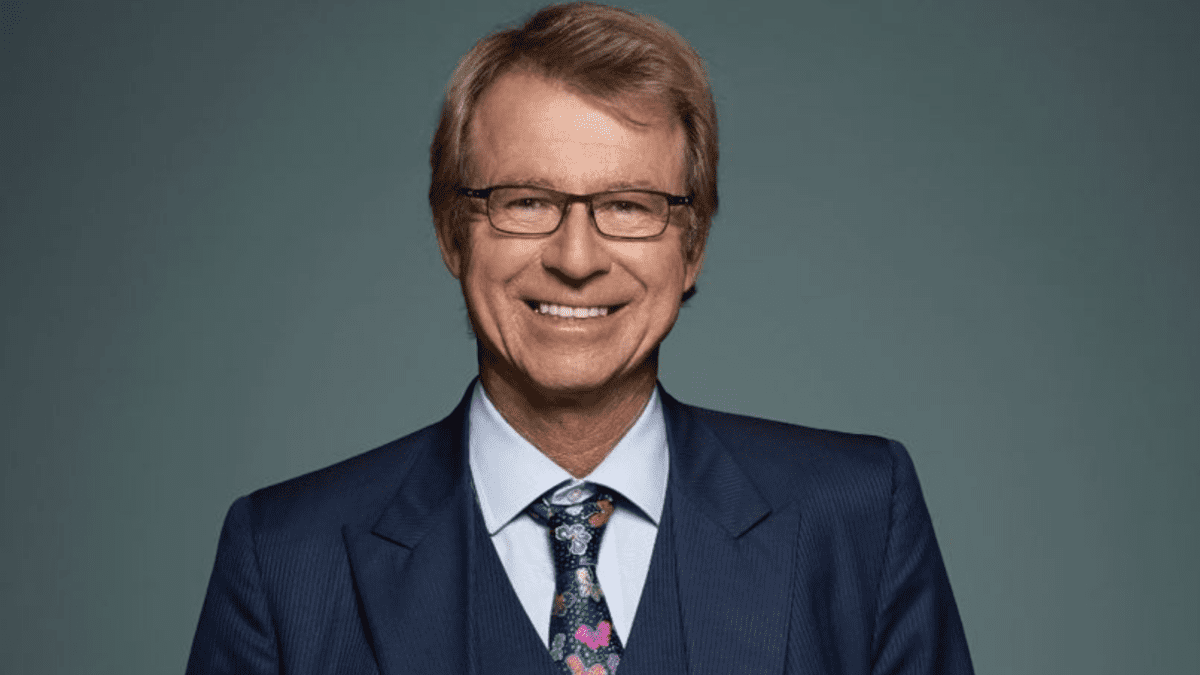A philanthropic twist to a novice investor’s share market journey
I’m one of the lucky ones. I’m no high net worth individual and have been on wages all my life, doggedly topping up my super for as long as I can remember.
I paid off my mortgage early, built up my savings but never had enough to buy an investment property. I worried about pending retirement but, like so many of my friends and colleagues, had limited understanding of the sharemarket and certainly didn’t keep a copy of The Barefoot Investor next to my bed.
But I was lucky because my partner had financial skills and market experience. When I had a few thousand dollars languishing in my bank account earning very little interest, I asked him to recommend a fund that valued social impact.
He suggested Future Generation. I had never heard of them or what they did. I had to look up what they are: two listed investment companies (google them yourself).
But what captured me was that they invest 1 per cent of their assets in Australian not-for-profits that support children and young people at risk. The goal is to donate $100 million by 2030. And the bonus was, I’d get dividends every year.
I had no idea how to set up a share account and buy shares. I have three degrees, managed projects and teams, bought and sold my homes, but was clueless in this regard.
My partner helped me out here, I’m embarrassed to say. Sadly, I know I’m not alone – most of my friends are even less savvy than I am.
So, I bought my shares in 2020 and at this point have made between 10 and 15 per cent profit on the two funds.
In addition, I’ve received dividends worth around $3,000 a year. Plus, I know that 1 per cent has gone to supporting organisations I’ve designated from Future Generation’s social impact partners. That’s what really inspires me.
I attended the Future Generation summit late last year – my first foray into the world of investors, and I was very proud to be there, a tiny investor, alongside fund managers, brokers, representatives of trust funds and millionaires.
Listening to philanthropists and stock market analysts got me thinking. How many thousands of people are there like me, with small amounts of money they don’t know how to maximise? And I certainly have never viewed myself as a philanthropist – that was something only for family dynasties.
Philanthropy Australia defines philanthropy as “the planned and structured giving of time, information, goods and services, voice and influence, as well as money, to improve the wellbeing of humanity and the community”. Its site encourages structured giving, but in the context of relatively large‑scale giving and philanthropy, not for people like me. (I had to look up what structured giving is.)
You really don’t have to be a millionaire to be a philanthropist, to use your money wisely to build your own wealth but also contribute towards social good. For too many people, me included, the sharemarket lay on the dark side – risky and for sharks.
After the summit I went around like an evangelist, explaining to my friends how easy it is to start investing, and that you don’t have to feel guilty about it. In fact, if you set up a fund after the birth of a child or grandchild, you’d be starting them on their investment journey.
As I’ve slowly gathered confidence, understanding and financial literacy, I’ve been able to relax, watch the ups and downs and know that, if all things go smoothly, I’ll be able to bolster my super and continue assisting Aboriginal children with their education and maintaining support for young people struggling with their mental health.
I’m sure many other independent women (and men) who, like me, are unaware of how easy it is to invest, and make a difference at the same time. For me, it’s all about changing perceptions because an investment like this benefits all of us – the small-time investor and the socially marginalised.









